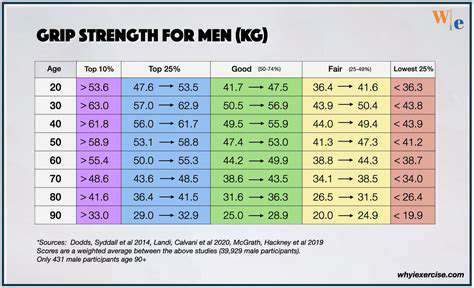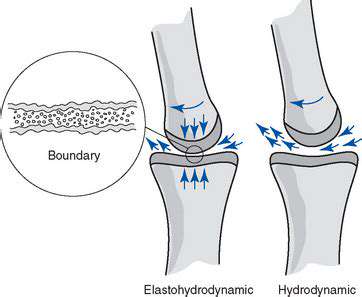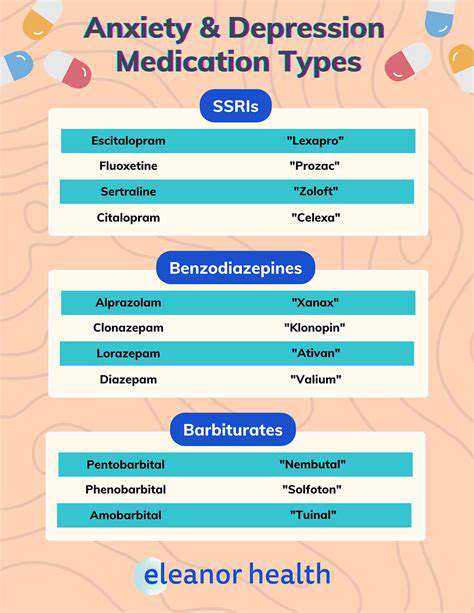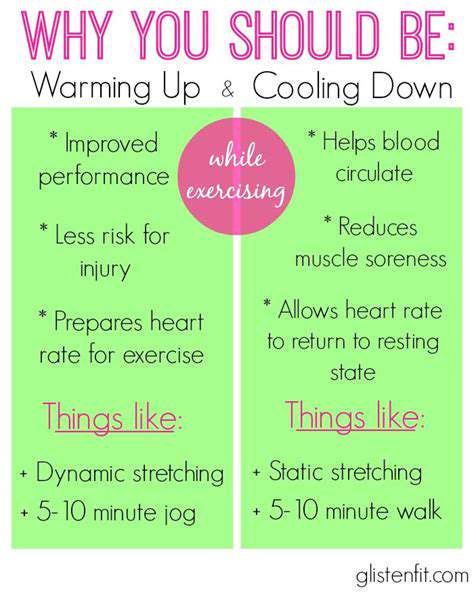Strategies for Managing Hand Tendonitis Effectively
Some jobs practically come with tendonitis as an unofficial job hazard. Assembly line workers, carpenters, and even hairstylists often pay for their paycheck with hand pain. Smart companies invest in ergonomic solutions - adjustable chairs, properly angled tools, scheduled micro-breaks - because preventing tendonitis proves far cheaper than treating it. When employers skimp on these measures, workers' hands pay the price.
Lifestyle Factors and Contributing Conditions
Your after-work habits might be sabotaging your hands without you realizing it. That marathon gaming session? The way you cradle your phone? Even forgetting to drink enough water can turn minor irritation into full-blown tendonitis. Simple changes like taking regular screen breaks or using voice-to-text can make a world of difference. Think of your hands like high-performance athletes - they need proper conditioning, rest, and hydration to stay at the top of their game.
Sometimes the tendon trouble originates deeper within. Conditions like rheumatoid arthritis don't just attack joints - they inflame tendons too. Gout's painful crystals can settle in tendon sheaths, mimicking classic tendonitis. When tendon pain persists despite rest and ice, it's time to consider whether an underlying condition might be pulling the strings. Managing these systemic issues often brings unexpected relief to aching hands.
Evaluating and Managing the Inflammation
Inflammation turns tendons from smooth-gliding cables into swollen, painful messes. The standard RICE protocol (Rest, Ice, Compression, Elevation) works well for acute flare-ups, but chronic cases often need a more sophisticated approach. Anti-inflammatory medications can help, but they're just one piece of the puzzle. Identifying what sparks your inflammation - be it certain activities, foods, or stress - allows you to douse the flames at their source rather than just treating the smoke.
Effective treatment resembles a tailored suit - it must fit your specific situation perfectly. Some people thrive with gentle stretching routines, while others need structured physical therapy. The magic happens when you combine professional guidance with attentive self-monitoring, adjusting your approach as your hands respond. This dynamic strategy not only heals current damage but teaches you how to prevent its return.
Lifestyle Modifications for Long-Term Hand Tendonitis Prevention
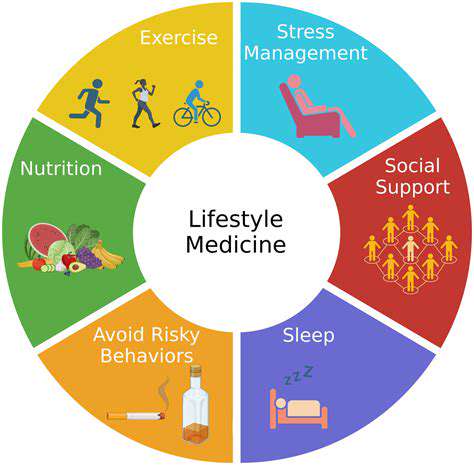
Dietary Changes
Your plate holds surprising power over tendon health. An anti-inflammatory diet rich in omega-3s (think salmon, walnuts) and colorful produce provides the building blocks for tendon repair. Meanwhile, processed foods and excess sugar pour gasoline on the inflammatory fire. It's not about perfection - simply crowding out inflammatory foods with nutrient-dense alternatives can significantly impact how your tendons feel.
Portion control matters too, but not for the reasons you might think. Overeating - even healthy foods - triggers subtle inflammation throughout the body. Learning to stop at 80% full gives your digestive system room to work efficiently while reducing systemic stress. This approach feels less like dieting and more like tuning an instrument - finding the precise balance where your body performs its best.
Physical Activity
Exercise does more than burn calories - it pumps nutrient-rich blood to your tendons, keeping them supple and strong. The key lies in variety: mixing cardio, strength training, and flexibility work creates comprehensive support for your musculoskeletal system. Even simple changes like parking farther away or taking the stairs add up to significant benefits over time.
Those exercise guidelines (150 minutes weekly) aren't arbitrary - they represent the sweet spot where benefits peak without overstressing the body. The best routine is one you'll actually stick with, whether that's dance classes, swimming, or backyard gardening. Consistency trumps intensity when it comes to long-term tendon health.
Stress Management Techniques
Ever notice how stress seems to settle in your shoulders...and your hands? Chronic tension alters how you hold phones, steering wheels, even pens - putting abnormal stress on tendons. Mindfulness practices do double duty by calming both mind and muscles. Even five minutes of focused breathing can reset your tension levels, preventing that hunched-over posture that strains hand tendons.
Effective stress management isn't about eliminating pressure - it's about building resilience. Simple strategies like the two-minute rule (handling small tasks immediately) prevent overwhelming backlogs that trigger stress-eating and muscle tension. When life does get hectic, having go-to relaxation techniques (progressive muscle relaxation, brief walks) can short-circuit the stress-tension-pain cycle before it gains momentum.
Sleep Hygiene
During deep sleep, your body performs critical tendon maintenance, flushing out inflammatory byproducts and delivering repair nutrients. Skimping on sleep is like sending construction workers home before they finish the job. Creating a consistent pre-bed routine (dim lights, no screens, perhaps light stretching) signals your body that it's time for serious repair work.
Those 7-9 hours aren't just a suggestion - they're the minimum required for cellular housekeeping. Quality matters as much as quantity when it comes to restorative sleep. If pain interrupts your slumber, try strategic pillow placement to keep hands in a neutral position. Addressing sleep issues often brings unexpected improvements in daytime hand function as well.
